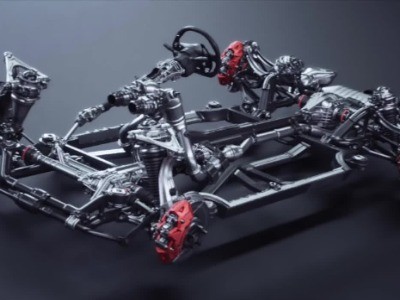How to detect that the suspension needs to be replaced
Vehicle suspension system is an important part to ensure driving safety and comfort. After a vehicle has been used for a period of time, the suspension system may show damage or wear and need to be replaced. Here are a few ways to detect if your suspension needs replacing.

Visual inspection: First, a visual inspection is performed to look for suspicious signs. If you notice that the vehicle is leaning or one or more wheels are higher than the others, there may be a suspension problem. Also, check for obvious damage or cracks in suspension parts such as springs, bumpers, and connecting rods.
Suspension testing: Another common method is to conduct a suspension test. Park the vehicle on level ground, then press down on the side of the vehicle and release. If the vehicle settles after a few jumps, it could indicate a suspension problem. Also, if you notice unnatural leaning or body roll when cornering, this could also indicate a suspension problem.

Spring Test: Testing the springs individually is also a way to determine if the suspension needs replacing. Measure the free length and compressed length of each spring. If the compression and expansion ratio of the spring is not within the range specified by the manufacturer, it needs to be replaced.
Tire wear: Vehicle suspension problems can also cause uneven tire wear. Check the tire surface for abnormal wear, such as internal or external wear, one-sided wear, etc. If you notice these abnormalities, it could be due to a suspension problem.

In conclusion, if you notice any of the above issues with your vehicle, you should consider checking the suspension system for replacement. Do not ignore suspension issues, as this can seriously affect driving safety and comfort. Timely detection and replacement of the suspension can ensure that your vehicle is always in top condition, allowing you to drive with peace of mind.












